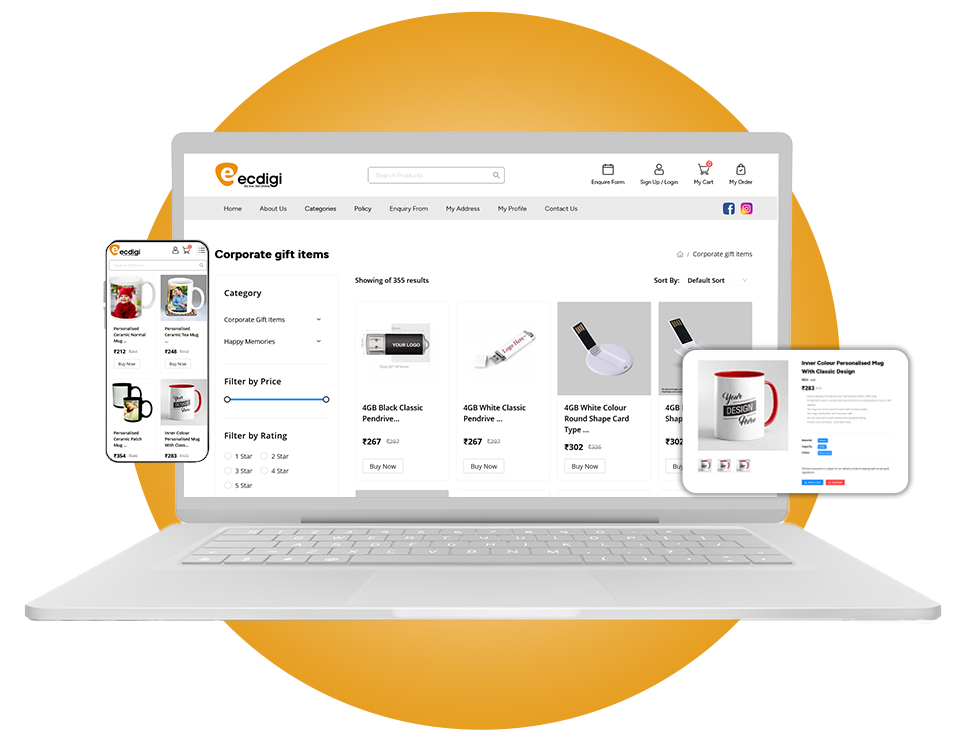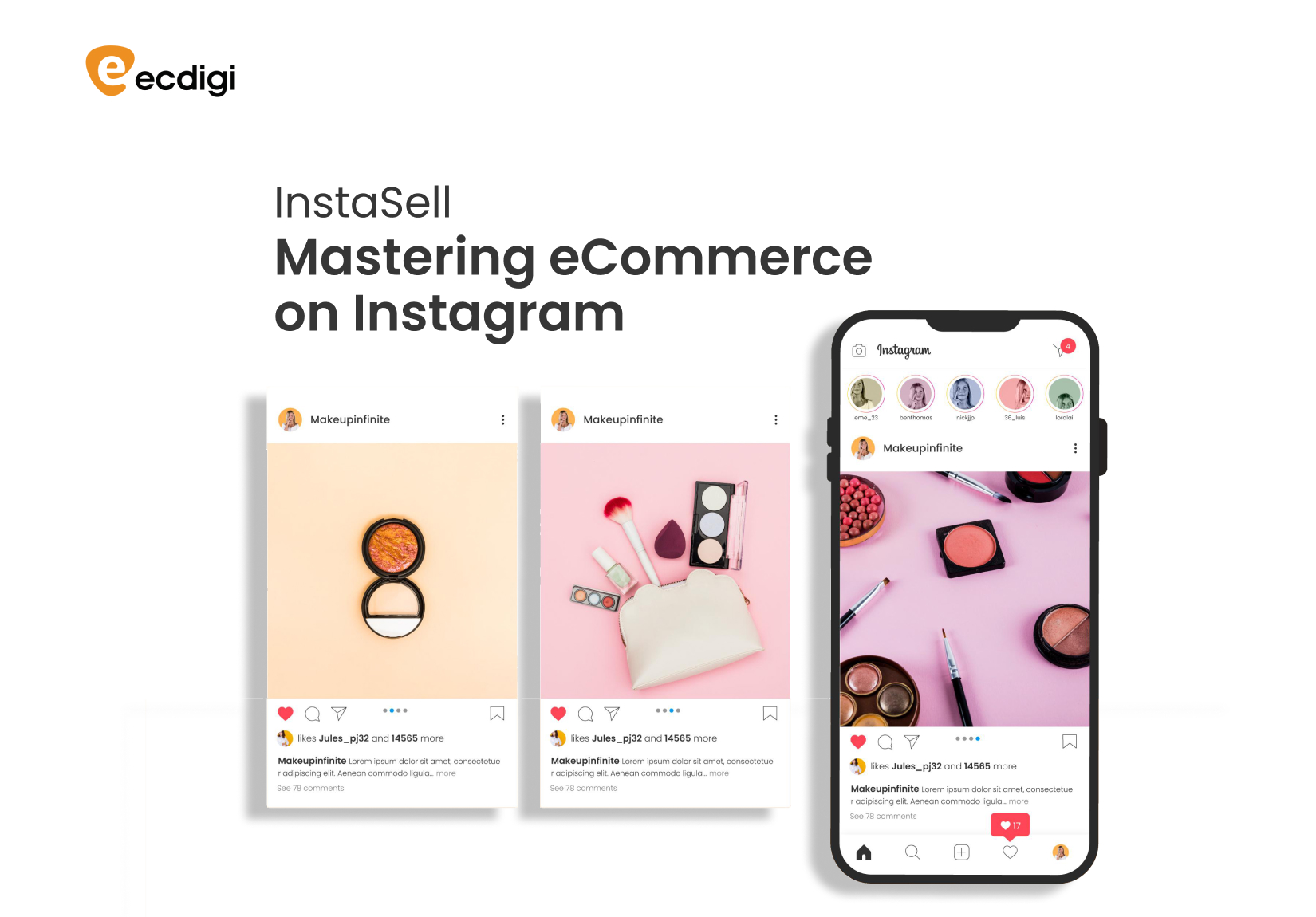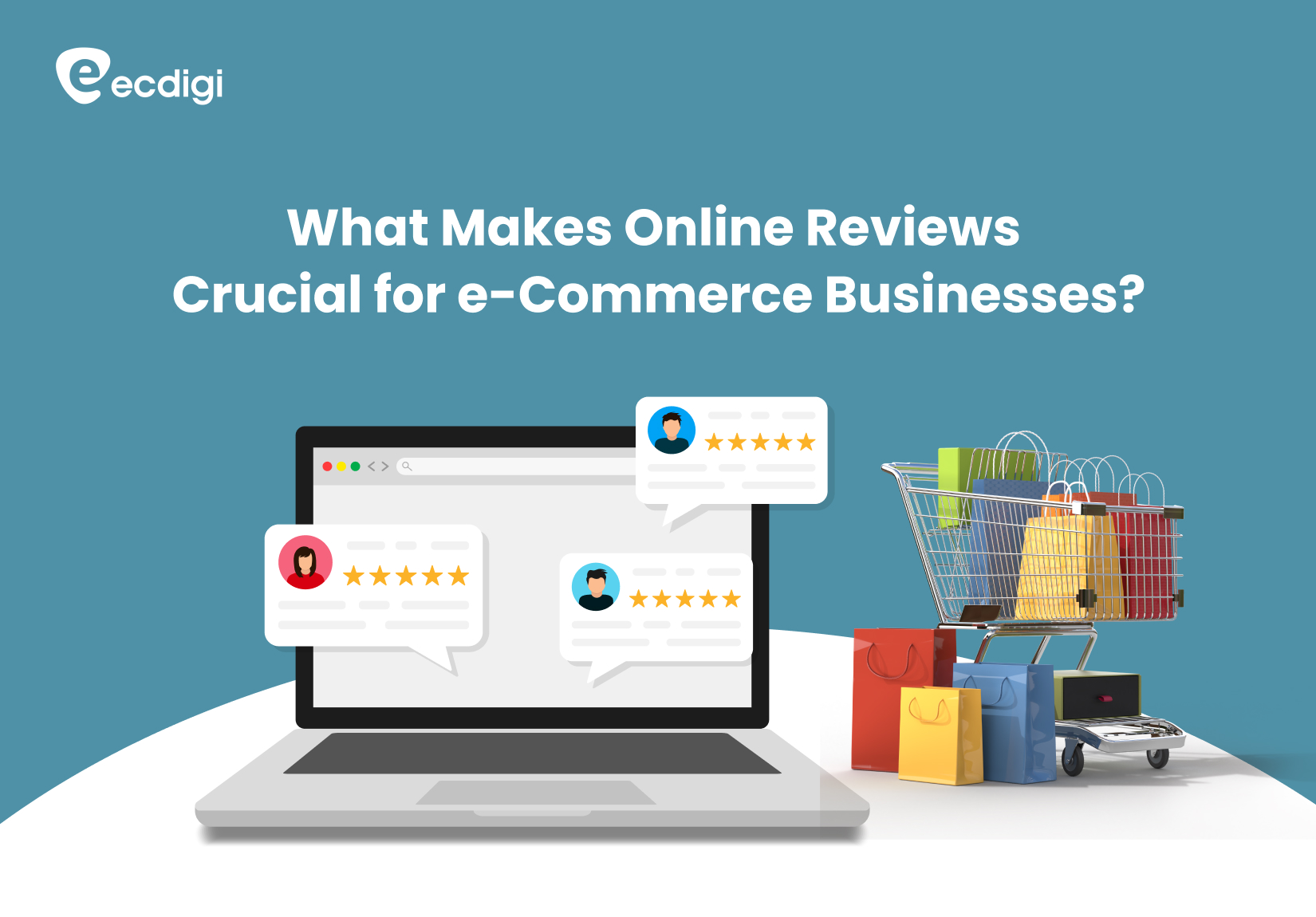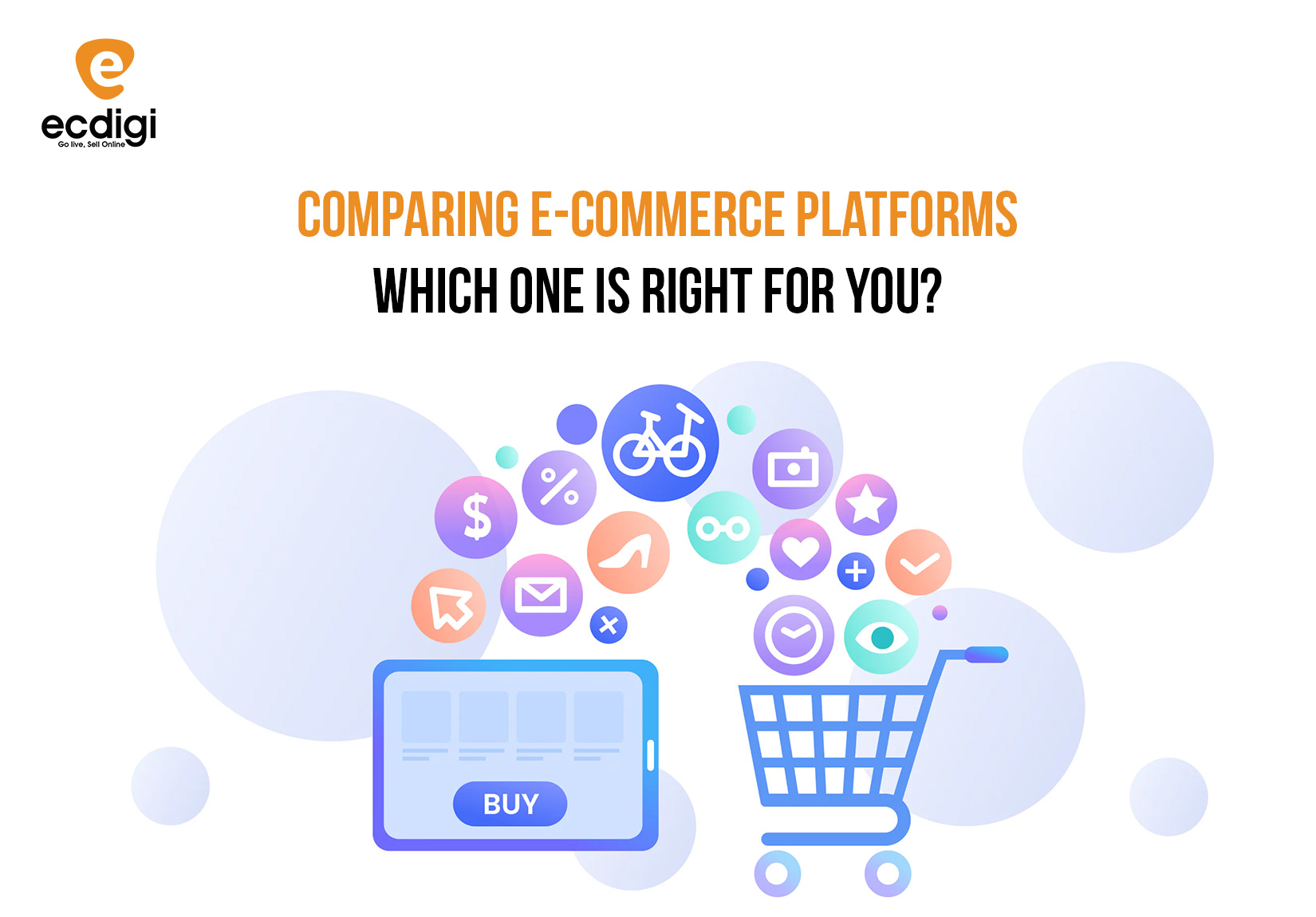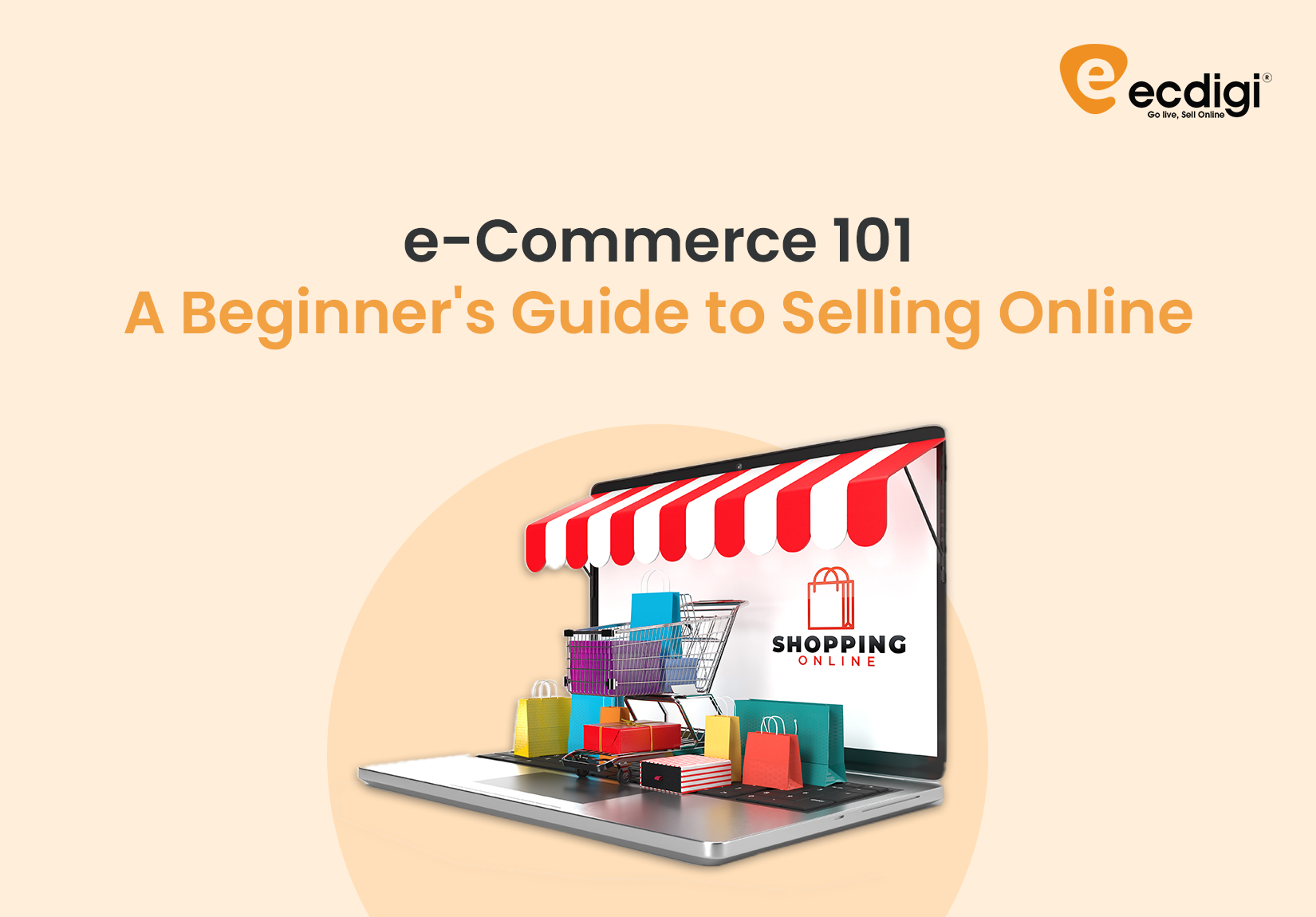What Are the Best Practices for Product Listings?
e-Commerce FAQ | 04 Aug, 2024
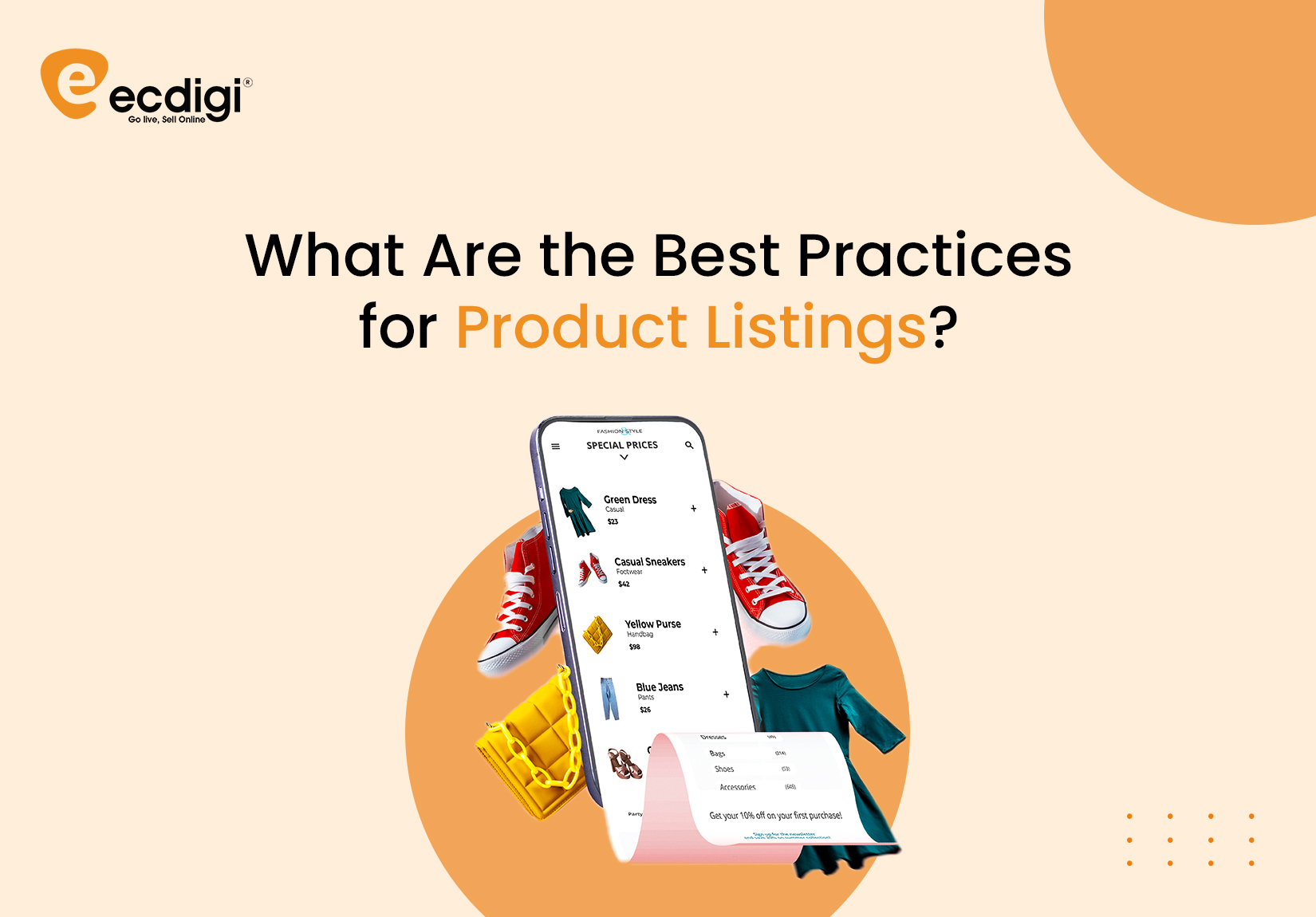
Product listings are the backbone of your e-Commerce store. They not only showcase your products but also play a crucial role in converting visitors into customers. A well-crafted product listing can make the difference between a sale and a missed opportunity. This article will explore the best practices for creating effective product listings, including writing compelling descriptions, using high-quality images, and optimizing for search engines.
1. High-Quality Images
Visuals are one of the most critical aspects of product listings. High-quality images can significantly influence a customer's decision to purchase.
a. Multiple Angles:
Provide images of the product from multiple angles to give customers a comprehensive view. Include close-ups of important details and features.
b. Zoom Functionality:
Enable zoom functionality so customers can closely inspect the product. This is particularly important for items with intricate details, like jewelry or electronics.
c. Consistent Style:
Use a consistent style and background for all product images to maintain a professional and cohesive look across your store.
Example:
For a fashion store, include images of clothing items from the front, back, and sides. Show close-ups of fabric texture, stitching, and any unique design elements. Use a clean, neutral background to keep the focus on the product.
2. Detailed Product Descriptions
Product descriptions should provide all the necessary information that a customer needs to make an informed purchasing decision.
a. Highlight Key Features:
Start with a brief overview that highlights the key features and benefits of the product. Use bullet points for easy readability.
b. Detailed Information:
Include detailed information about the product, such as dimensions, materials, care instructions, and any technical specifications.
c. Customer-Centric Language:
Write in a customer-centric language, focusing on how the product can solve a problem or enhance the customer’s life. Use descriptive adjectives to paint a vivid picture.
d. SEO Optimization:
Incorporate relevant keywords naturally within the description to improve search engine rankings. Avoid keyword stuffing, which can make the text unreadable.
Example:
For a kitchen appliance store, a product description for a blender might start with, “This powerful 1200-watt blender effortlessly crushes ice and blends smoothies to perfection.” Follow with bullet points: “Features include multiple speed settings, a durable glass jar, and easy-to-clean parts.” Add detailed information on dimensions, materials, and usage tips.
3. Clear and Accurate Pricing
Transparency in pricing builds trust with your customers. Ensure that all pricing information is clear and accurate.
a. Display Prices Prominently:
Display the product price prominently on the listing page. If there are any additional costs, such as shipping fees or taxes, make sure these are clearly stated.
b. Discounts and Promotions:
If the product is on sale, show both the original price and the discounted price. Highlight any special promotions or offers.
c. Currency Options:
If you sell internationally, provide options for customers to view prices in their local currency.
Example:
For an electronics store, clearly display the original price, the discounted price, and any applicable taxes or shipping costs. Use bold or highlighted text to make promotional prices stand out.
4. Customer Reviews and Ratings
Customer reviews and ratings can significantly impact purchasing decisions. Positive reviews build trust and credibility.
a. Encourage Reviews:
Encourage customers to leave reviews by sending follow-up emails after a purchase. Offer incentives like discounts or loyalty points for reviews.
b. Display Reviews Prominently:
Display customer reviews and ratings prominently on the product listing page. Highlight reviews that mention specific features or benefits.
c. Respond to Reviews:
Respond to both positive and negative reviews to show that you value customer feedback and are committed to improving your products and services.
Example:
For a beauty product store, display customer reviews that highlight the effectiveness of a skincare product. Include ratings and comments that mention improvements in skin texture or reduction in blemishes. Respond to any negative reviews with a thoughtful reply and possible solutions.
5. Product Videos
Videos can enhance the product listing by providing a dynamic view of the product in action. They can demonstrate how the product works and highlight its features.
a. Demonstration Videos:
Create videos that show the product being used in real-life scenarios. This helps customers visualize how the product can fit into their lives.
b. Customer Testimonial Videos:
Include videos of satisfied customers sharing their experiences with the product. This adds authenticity and builds trust.
c. Professional Quality:
Ensure the videos are of high quality, with good lighting and clear audio. Keep them concise and engaging.
Example:
For a fitness equipment store, create a video demonstrating how to use a new piece of workout equipment. Show different exercises that can be performed and include testimonials from customers who have seen positive results.
6. Product Availability and Shipping Information
Clearly communicate product availability and shipping information to manage customer expectations.
a. Stock Levels:
Indicate whether the product is in stock, low in stock, or out of stock. Provide an estimated restock date if applicable.
b. Shipping Options:
Detail the available shipping options, including standard, expedited, and international shipping. Provide estimated delivery times and costs.
c. Return Policy:
Clearly state your return policy, including any conditions for returns and the process for returning a product.
Example:
For a home decor store, indicate the stock status of each item (e.g., “In Stock,” “Only 3 Left,” “Out of Stock – Restocking Soon”). Include detailed shipping options and delivery times, such as “Standard Shipping: 3-5 business days, $5.99” and “Expedited Shipping: 1-2 business days, $14.99.”
7. User-Friendly Layout and Navigation
A user-friendly layout and intuitive navigation enhance the shopping experience and encourage customers to explore your products further.
a. Categorization:
Organize products into clear, logical categories and subcategories. Use filters and sorting options to help customers find what they’re looking for quickly.
b. Search Functionality:
Implement a robust search function with autocomplete and relevant search results to make it easy for customers to find specific products.
c. Mobile Optimization:
Ensure your product listings are optimized for mobile devices. A significant portion of online shopping is done on mobile, so a seamless mobile experience is essential.
Example:
For a pet supplies store, organize products into categories like “Dog Supplies,” “Cat Supplies,” “Bird Supplies,” etc. Use subcategories and filters for items like “Toys,” “Food,” and “Grooming.” Implement a search bar with autocomplete to help customers quickly find products.
Conclusion
Effective product listings are essential for driving sales and building customer trust in your e-Commerce store. By using high-quality images, writing detailed and engaging descriptions, displaying clear pricing, incorporating customer reviews and videos, providing accurate availability and shipping information, and ensuring a user-friendly layout, you can create a compelling shopping experience that encourages conversions. Implement these best practices to optimize your product listings and maximize your online store’s success.


